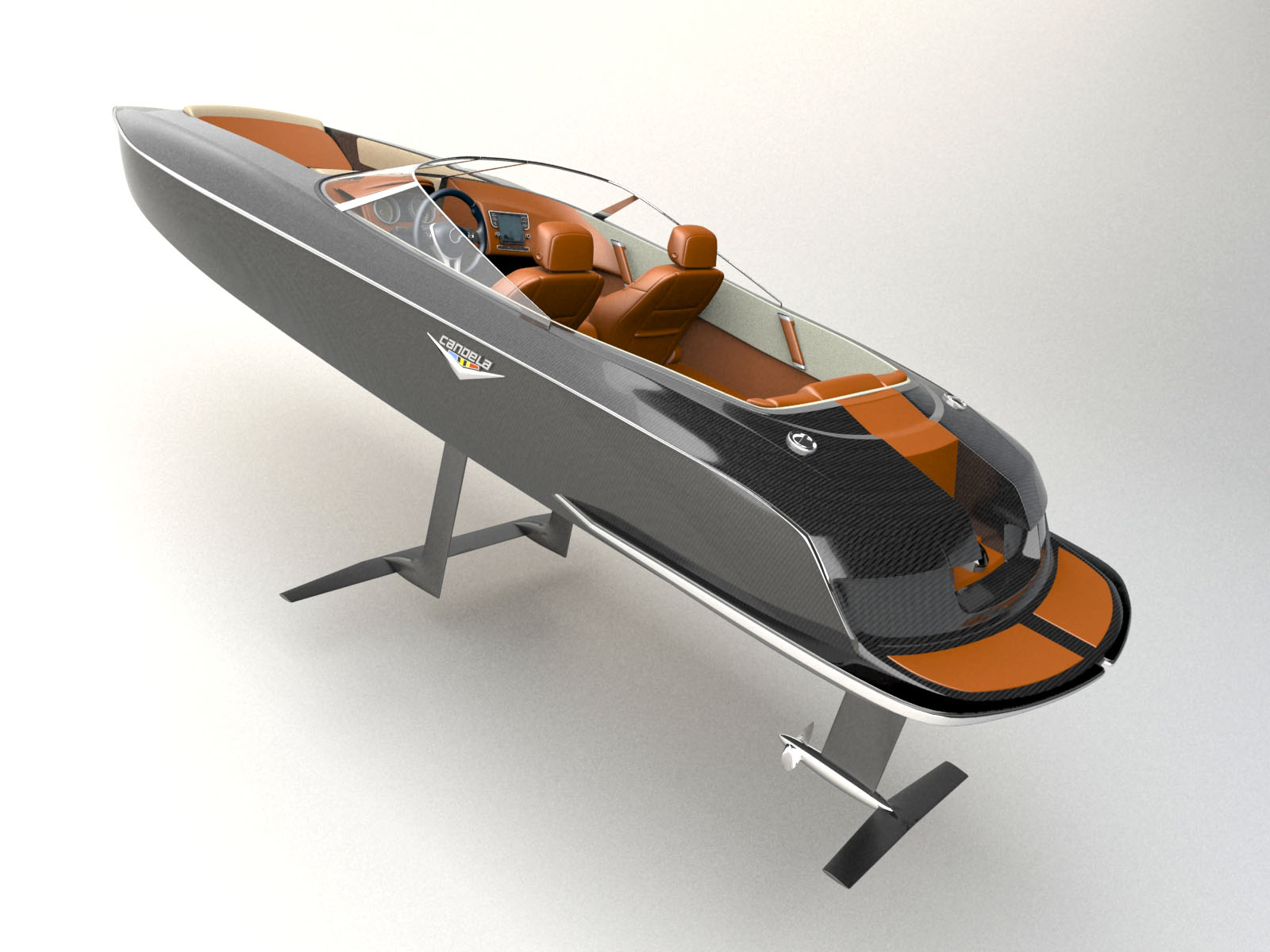

That means that Candela’s boats are not only much more efficient than conventional combustion engine boats with traditional V-hulls, but they are also several times more efficient than most other electric boats on the market today.įor a commercial operator, that efficiency and comfort make a huge difference in operations.

This reduces the amount of surface area in contact with the water, which in turn reduces drag and improves efficiency.īecause the boat is lifted out of the water, it also experiences less resistance from waves, resulting in a smoother ride and less energy consumption.

The hydrofoil, which is a wing-like structure mounted on struts below the hull, creates lift when it moves through the water, similar to how an airplane wing creates lift in the air.

Hydrofoil boats are more efficient than traditional boats because they are designed to reduce drag and increase speed by lifting the hull out of the water. Now the company’s P-12 electric ferry is set to bring the same benefits of Candela’s existing designs to the world of commercial boating. The company has just announced a new $20M investment that will accelerate the rollout of its upcoming 30-passenger electric ferry, the Candela P-12 Shuttle.Ĭandela has spent years developing and producing electric hydrofoil boats that have so far been used primarily for recreational boating. The Candela C-8 is totally silent and requires no maintenance of its C-POD drive train.Swedish electric boat maker Candela is flying high recently, and not just on its hydrofoils. That’s more than two times the endurance of any other electric speedboat on the market and means it can cruise from Cannes to Monaco and back on a single charge. At 20 knots, Candela C-8 uses only about 21 kW of power, which makes its lithium-ion battery last for over 2 hours of cruising or about 50 nautical miles of range. The foils make C-8 about 400% more efficient than conventional motorboats, thanks to vastly reduced friction. To do away with all the drawbacks and provide a far better experience,” says Hasselskog. “Our goal with the Candela C-8 was not only to build the best electric boat, but to make a vastly better boat than today’s powerboats. Hammond arrived looking refreshed while Captain Slow arrived looking like he had gone 15 rounds with Mike Tyson in a cage fighting match. Some of you may recall an episode of Top Gear years ago when James May raced from Monaco to Cannes in an offshore speedboat while Richard Hammond made the same trip in an exotic sports car. The result is an automatically stable craft that doesn’t slam, roll or pitch in waves. The onboard flight control computer automatically regulates the angle of attack of the hydrofoils 100 times per second to account for wind, waves, and different loads. Once the Candela C-8 is up on its ultra-efficient hydrofoils, all those issues go away. In other words, being offshore in a speedboat can not only be loud and expensive but actually painful if the sea is turbulent. Other drawbacks of conventional motorboats are the high cost of fuel, not being able to hear yourself think over the sound of the engine, and the pounding that comes from constantly slamming into waves at high speed. Their motors are some of the least regulated combustion engines on the planet, spewing out particulate matter unrestrained by the catalytic converters and other exhaust control devices that have been mandatory on land based motor vehicles for decades. Conventional V-hull speedboats in the 8-meter size range use 15 times more fuel per kilometer than the average family car. Speeding along the French Riviera is a favorite pastime of the rich and beautiful, but doing so leaves tons of carbon dioxide in their wake.


 0 kommentar(er)
0 kommentar(er)
